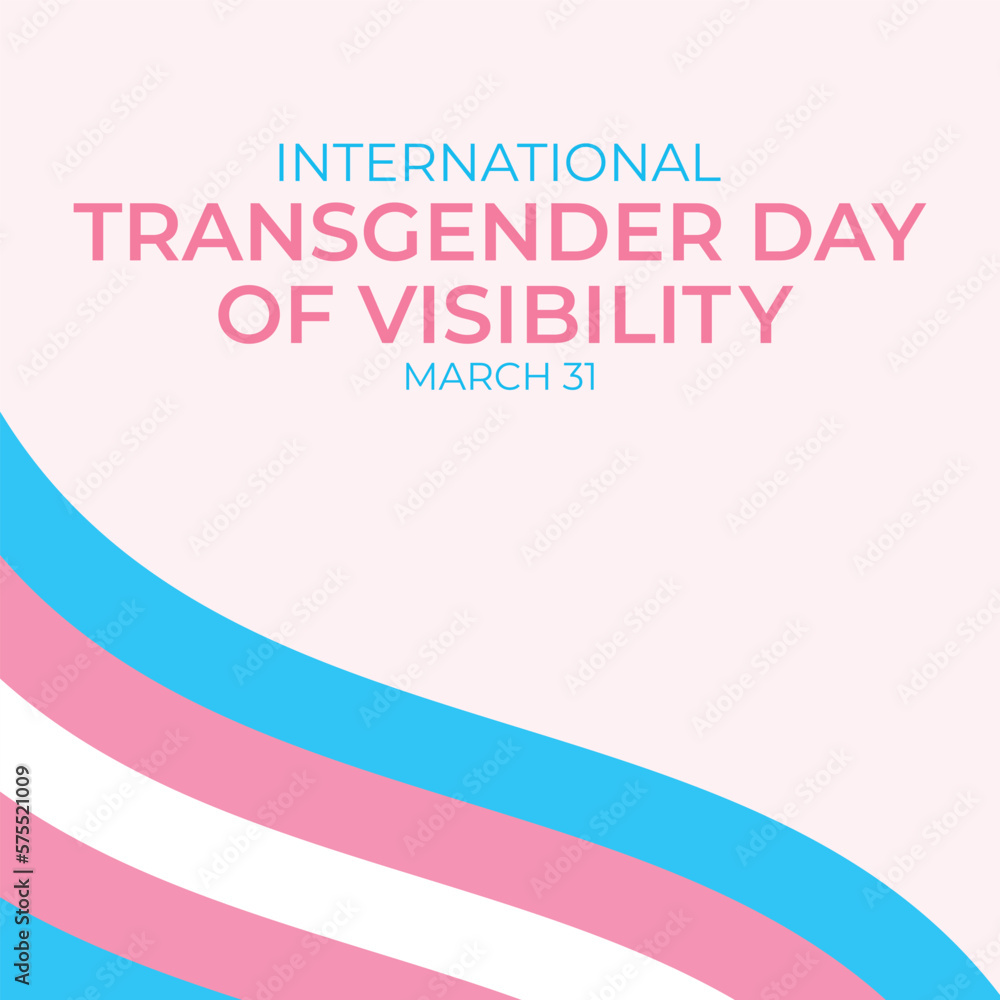International Transgender Day Of Visibility: Becoming A Better Ally

Table of Contents
Understanding Transgender Identities and Experiences
Gender identity—a person's internal sense of being a man, a woman, both, neither, or somewhere else along the gender spectrum—is distinct from sex assigned at birth. It's vital to understand that transgender individuals are diverse, and their experiences are unique. There's no single "transgender experience." Some transgender individuals may undergo medical transitions (hormone replacement therapy, surgeries), while others may not. Some identify as non-binary, while others identify as strictly male or female. It's crucial to avoid generalizations and instead embrace the spectrum of identities and expressions.
- Gender Identity vs. Sex Assigned at Birth: Sex assigned at birth refers to the sex assigned to a person at birth based on visible physical characteristics. Gender identity, however, is an internal feeling and self-identification. They are not necessarily the same.
- Debunking Misconceptions: Common misconceptions about transgender people often stem from a lack of understanding. For example, transgender identity is not a mental illness, a choice, or a phase.
- Inclusive Language: Using inclusive language is paramount. Instead of assuming someone's gender, use gender-neutral terms like "they/them" until you know their preferred pronouns. Avoid using outdated or offensive terms.
- Key Terms: Familiarize yourself with key terms like cisgender (someone whose gender identity aligns with their sex assigned at birth), trans, transgender, non-binary, and gender expression (how someone outwardly presents their gender).
Respecting Pronouns and Names
Using someone's correct pronouns and name is fundamental to showing respect and affirmation. Misgendering—using incorrect pronouns—can be deeply hurtful and invalidating. Deadnaming—using a transgender person's former name—is equally disrespectful.
- Asking for Pronouns: Politely asking for someone's pronouns is crucial. You can say something like, "What pronouns do you use?" or "May I ask what your pronouns are?"
- Remembering Pronouns: Make a conscious effort to remember and use the correct pronouns. Repeating them to yourself or writing them down can help.
- Correcting Mistakes: If you make a mistake, apologize sincerely and correct yourself immediately. Don't dwell on it or make a big deal; simply move forward.
- Creating a Safe Space: By consistently using correct names and pronouns, you contribute to creating a safer and more affirming environment for transgender individuals.
Advocating for Transgender Rights and Equality
Allyship extends beyond individual interactions; it requires active advocacy for transgender rights and equality. Transgender people face significant discrimination and violence, and your allyship can make a real difference.
- Support LGBTQ+ Organizations: Donate to or volunteer with organizations working to advance transgender rights.
- Contact Elected Officials: Contact your elected officials to express your support for legislation protecting transgender rights and to oppose discriminatory bills.
- Sign Petitions: Sign and share petitions advocating for transgender rights and equality.
- Speak Out Against Discrimination: Challenge transphobic language and behavior whenever you encounter it.
Educating Yourself and Others
Becoming a better ally is an ongoing process that requires continuous learning and education. Staying informed about transgender issues and respectfully engaging in conversations is essential.
- Resources: Explore reputable resources such as The Trevor Project, GLAAD, and Human Rights Campaign for information and educational materials.
- Respectful Communication: Engage in respectful dialogues with others about transgender issues, even when you disagree. Focus on listening and understanding different perspectives.
- Correcting Others Respectfully: If you hear someone misgender or use derogatory language towards a transgender person, politely and respectfully correct them. Explain why their words are harmful.
Conclusion: Becoming a Better Ally on International Transgender Day of Visibility and Beyond
This International Transgender Day of Visibility, let's reaffirm our commitment to creating a more inclusive and accepting world for transgender individuals. We've explored crucial aspects of allyship—understanding transgender identities, respecting pronouns, advocating for rights, and continuously educating ourselves. These are not one-time actions but ongoing commitments. This International Transgender Day of Visibility, commit to becoming a stronger ally. Learn more, speak out, and create a more inclusive and accepting world for transgender individuals. Let's make every day a day of visibility and support for the transgender community.

Featured Posts
-
 Space X Valuation Soars Musks Stake Exceeds Tesla Investment By 43 Billion
May 09, 2025
Space X Valuation Soars Musks Stake Exceeds Tesla Investment By 43 Billion
May 09, 2025 -
 Wynne Evanss Go Compare Future Uncertain After Strictly Incident
May 09, 2025
Wynne Evanss Go Compare Future Uncertain After Strictly Incident
May 09, 2025 -
 Kilmar Abrego Garcias Flight From Gang Violence A Us Political Controversy
May 09, 2025
Kilmar Abrego Garcias Flight From Gang Violence A Us Political Controversy
May 09, 2025 -
 Colapinto To Williams Team Principals Comments On Doohans Position
May 09, 2025
Colapinto To Williams Team Principals Comments On Doohans Position
May 09, 2025 -
 Bot Governor Search Thailand Faces Crucial Decision As Tariffs Rise
May 09, 2025
Bot Governor Search Thailand Faces Crucial Decision As Tariffs Rise
May 09, 2025
